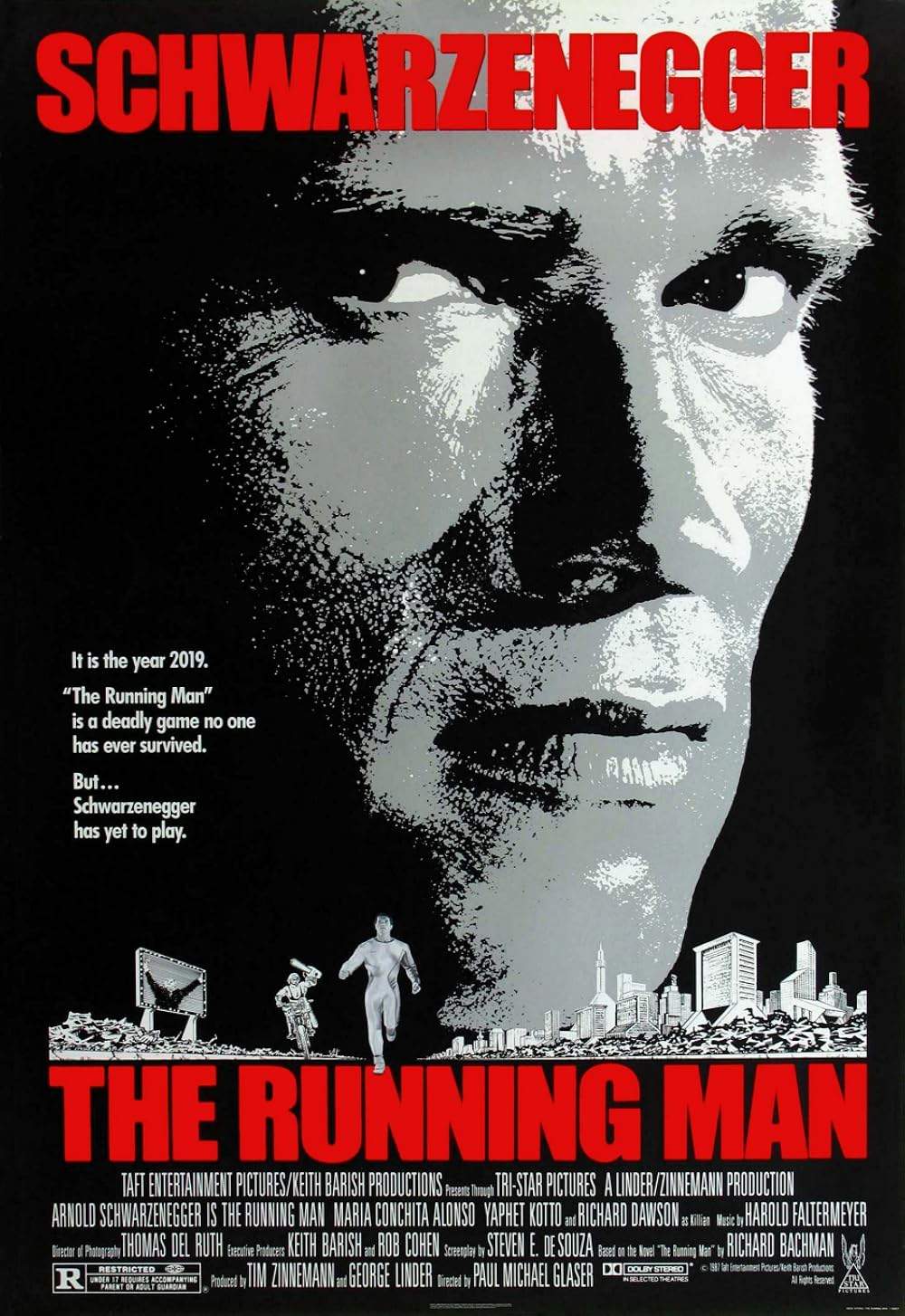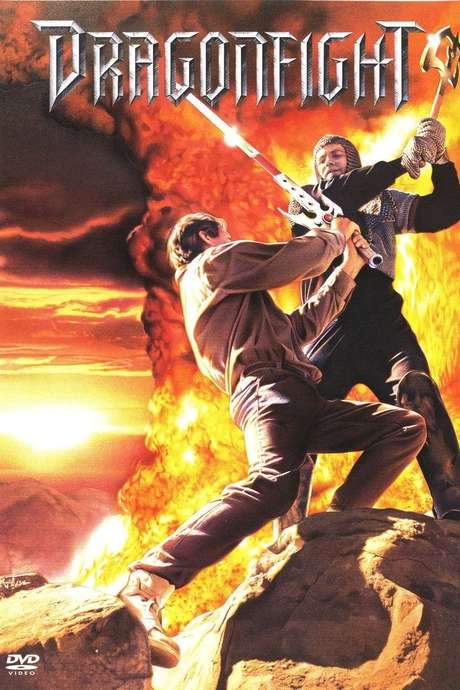
The Gladiators
Year: 1969
Runtime: 92 mins
Language: Swedish
Director: Peter Watkins
In a near‑future world where the Eastern and Western blocs have abandoned standing armies and nuclear arsenals, their rivalries are resolved through organized contests. Each side fields teams of highly trained combat specialists, pitting them against one another in deadly, sanctioned battles to settle political disputes.
Warning: spoilers below!
Haven’t seen The Gladiators yet? This summary contains major spoilers. Bookmark the page, watch the movie, and come back for the full breakdown. If you're ready, scroll on and relive the story!
The Gladiators (1969) – Full Plot Summary & Ending Explained
Read the complete plot breakdown of The Gladiators (1969), including all key story events, major twists, and the ending explained in detail. Discover what really happened—and what it all means.
The story opens with an interviewer posing questions to contestants from different nations, each offering a distinct reason for joining the contest. In parallel, a multinational assembly gathers at a castle near Stockholm where Peace Game number 256 is prepared by the Swedish Army using a sophisticated system called ICAROS-system. A French student, known only as B-3, infiltrates the Games with the aim of dismantling the setup from within, and despite his stated mission, he is allowed to move into the battlegrounds.
Inside, the game dynamics are laid out. The Allied Team is given two hours to reach the Control Room, while the Communist Team works to hinder them. As the Allied Team lingers, points are deducted for delays, and bombs are detonated to provoke a faster response. The team presses forward along red-lit corridors, faces machine-gun fire, and unexpectedly captures a female Chinese member from the opposing side. Along the way they encounter a troupe of scantily dressed hippie-ladies, and one of their own members is hurt. In response, the officers and colonels award points for the team’s persistence and risk. The melee of strategy and danger tests every participant’s nerve, and the tension around the Control Room grows with each passing moment.
At one point, a Swedish official enters into a conversation with B-3. The student confesses that his aim is to replace the current system with a fairer one, but when pressed on how he would accomplish this, the official surprisingly offers him a place at the Control Room rather than a direct path to change. The exchange underscores the ambivalence of the system’s guardians and hints at the idea that the status quo may be more flexible than it appears.
As the Communist Team advances, a member of the Allied Team unexpectedly begins to communicate with the captured female prisoner. This development is viewed by the room’s leadership as a grave threat to global stability, and it leads to a dangerous standoff over whether the game should declare an honorable tie. In response, the ICAROS-system is put on autopilot and police are dispatched to neutralize potential traitors, but the situation also spirals as the system begins to malfunction. The tension escalates as loyalties are tested and the fragile balance of control hangs in the balance.
Eventually B-3 reaches the Control Room and articulates a wish to replace the system with a model that does not exploit people. The operator counters that the system exploits everyone, including B-3, and explains that because the student had previously activated the system to guide himself to that point, he inadvertently sealed the fate of the traitors who posed the real danger to the structure. In the operator’s view, the lesson is sobering: all systems share a similar flaw, and no single design can claim moral superiority.
Across the proceedings, the cast of officers and generals from multiple nations threads through the narrative, illustrating a tapestry of perspectives and competing interests. The presence of diverse figures—Nigerian, British, Swedish, French, East and West German, American, Chinese, Italian, Indian, Russian, and Swedish officers and officials—adds a layered backdrop to the high-stakes contest, underscoring the global dimension of power, control, and the ethics of competition. The dialogue and events emphasize a restrained, observational tone while revealing the murky ethics at the heart of a system meant to govern human behavior under pressure.
Key moments pulse with strategic choices, moral ambiguity, and the ever-present question of who benefits from a game that claims to unify or stabilize a fractured world. The story invites readers to consider how systems of control govern not just actions, but the incentives and loyalties of those who operate within them. In the end, the central tension remains: whether a new, more equitable framework can truly replace an existing one that influences every participant, or whether all such systems are, at their core, built on comparable compromises.
-
Nigerian officer George Harris stands among the assembled leaders as the game unfolds.
-
The Swedish colonel Björn Franzén appears in moments highlighting the tension between local oversight and global stakes.
-
A British general Arthur Pentelow and a British officer Frederick Danner observe the evolving dynamics from the higher echelons of command.
-
East German officer Jürgen Schilling and West German officer Hans Berger contribute to the multinational chessboard at the castle.
-
French officer Daniel Harle and American officer Rosario Gianetti reflect the broader spectrum of alliance and rivalry.
-
Chinese officer Tim Yum and Chinese colonel Kenneth Lo populate the diverse network of participants.
-
Italian officer Ugo Chiari and Indian officer Chandrakant Desai add further regional perspectives to the contest.
-
Russian officer Stefan Dillan rounds out the international cast engaged in the high-stakes game.
Last Updated: October 05, 2025 at 11:52
Unlock the Full Story of The Gladiators
Don't stop at just watching — explore The Gladiators in full detail. From the complete plot summary and scene-by-scene timeline to character breakdowns, thematic analysis, and a deep dive into the ending — every page helps you truly understand what The Gladiators is all about. Plus, discover what's next after the movie.
The Gladiators Timeline
Track the full timeline of The Gladiators with every major event arranged chronologically. Perfect for decoding non-linear storytelling, flashbacks, or parallel narratives with a clear scene-by-scene breakdown.

Similar Movies to The Gladiators
Discover movies like The Gladiators that share similar genres, themes, and storytelling elements. Whether you’re drawn to the atmosphere, character arcs, or plot structure, these curated recommendations will help you explore more films you’ll love.
Explore More About Movie The Gladiators
The Gladiators (1969) Scene-by-Scene Movie Timeline
The Gladiators (1969) Movie Characters, Themes & Settings
The Gladiators (1969) Spoiler-Free Summary & Key Flow
Movies Like The Gladiators – Similar Titles You’ll Enjoy
Gladiator (2000) Detailed Story Recap
The Running Man (1987) Full Movie Breakdown
Deathsport (1978) Detailed Story Recap
The Immortal Wars (2017) Story Summary & Characters
Dragonfight (1990) Full Summary & Key Details
Gladiator of Pompeii (2007) Full Summary & Key Details
Warriors of the Year 2072 (1984) Detailed Story Recap
The New Gladiators (1984) Complete Plot Breakdown
The Gladiator (1986) Complete Plot Breakdown
Clash of the Warlords (1984) Spoiler-Packed Plot Recap
Amazons and Gladiators (2001) Full Summary & Key Details
Gladiator of Rome (1962) Detailed Story Recap
Gladiators 7 (1962) Detailed Story Recap
The Ten Gladiators (1963) Ending Explained & Film Insights
Future War (1997) Detailed Story Recap

















